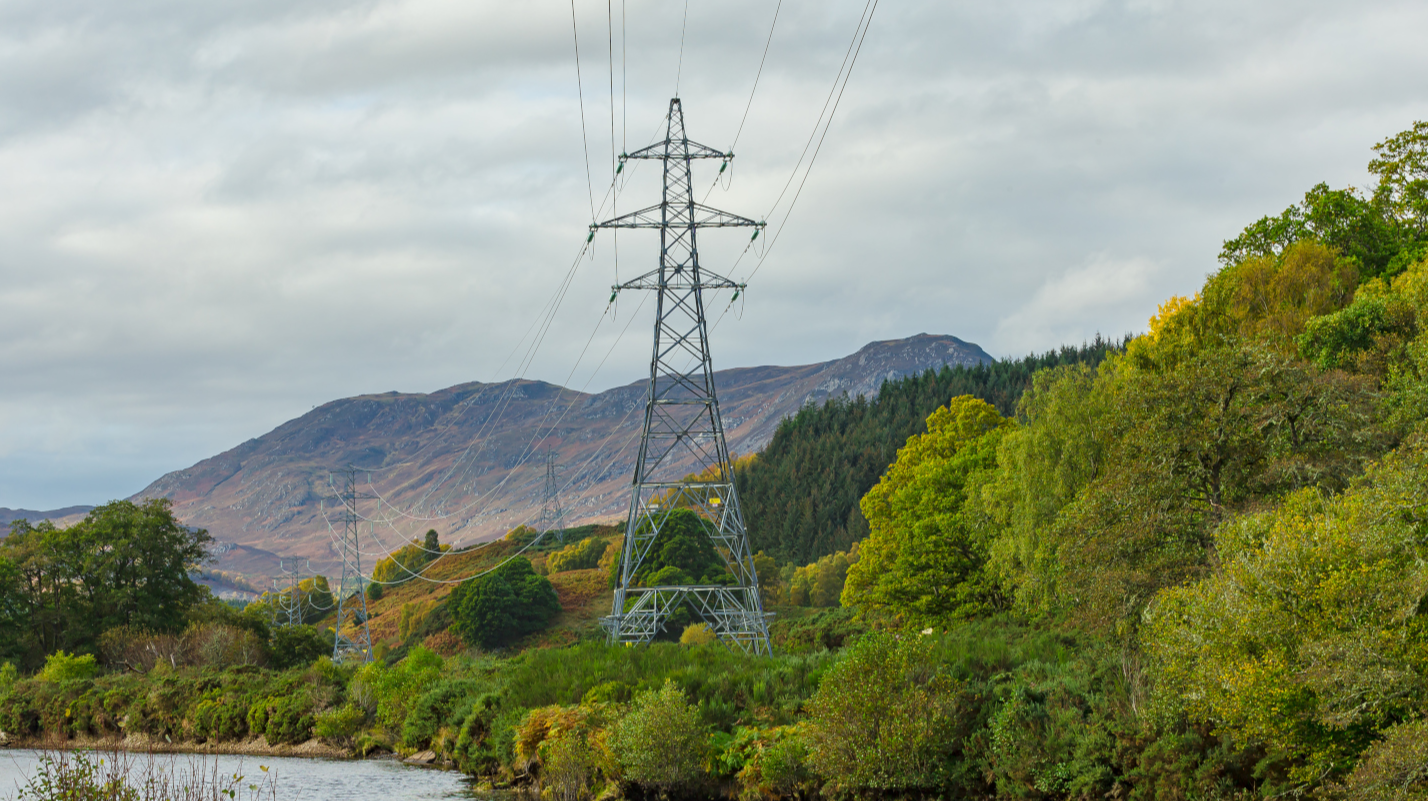Dive Brief:
- Utility-scale energy storage company Fourth Power has secured $19 million in Series A funding, which will be used to scale up its short- and long-duration thermal energy storage technology, the company announced Tuesday.
- The funding from the company’s latest investment round — led by venture capital firm DCVC, and including Breakthrough Energy Ventures and Black Venture Capital Consortium — will also be used to build a 1 MWh prototype of the company’s technology near Boston, scheduled to be completed in 2026.
- Thermal batteries can be cost-competitive with natural gas in many parts of the U.S. today, although the economics of using these technologies depends on location, electricity supply and access to wholesale power prices, an October report prepared for the The Center for Climate and Energy Solutions and the Renewable Thermal Collaborative found.
Thermal energy storage is a key enabling technology for decarbonizing both industrial energy use and electric utilities, Blaine Collison, executive director of the Renewable Thermal Collaborative, said in an email. For the power sector, it is a means to manage renewables’ intermittency — instead of curtailing peak-production solar or wind, or facing low or negative pricing periods, electricity suppliers can sell the energy to industrial facilities using thermal energy storage, Collison said.
Fourth Power is looking to solve a couple of problems facing the energy sector, CEO Arvin Ganesan told Utility Dive — the significant amount of cost-effective energy storage that will be needed on the grid over the next 15 years, and the fact that all of those storage resources can’t draw from the same supply chain of rare earth materials.
The company’s technology comprises a scalable, modular battery that address both those challenges. The technology takes grid energy — ideally curtailed wind or solar — and fuels an industrial-sized furnace that heats up liquid tin to some 2,600 degrees Celsius, Ganesan explained. That tin is moved through a series of graphite piping, transferring the heat to insulated carbon blocks that can hold on to the heat for over a month.
To convert the heat back to electricity, that piping system transfers the heat through the tin to another block, lined with tungsten and gold, which radiates a bright light that is then reconverted back to electricity, using specially crafted thermophotovoltaic cells.
The technology is best suited for projects that are around 100 MW at commercial scale, and can store energy for a duration of five hours to 100 hours.
“The biggest advantage this whole system and approach can have is that it can grow with the grid,” Ganesan said. “[R]ight now, the average duration that the electricity system needs is five hours [of storage] – building a 50-hour battery doesn’t solve today’s problems, it solves problems 10 years from now.”
The duration of the battery is shaped in part because while the blocks can hold on to the heat for a month, they tend to lose about 1% to 3% of the heat every day, he said.
So “once you get past 100 hours, the heat starts to dissipate from the batteries and it’s just not economically ideal [or] as efficient as it would have been when more heat was stored,” he said.
The funding that Fourth Power has raised will now be used to build a demonstration of the technology. The next step is to conduct pilots with utilities, Ganesan said. The company has received letters of expressed interest from three utilities, but did not publicly share which ones.
Along with the demonstration, the company is also taking a closer look at the projected cost of the technology, which it estimates to be ten times cheaper than a lithium-ion battery.
But Fourth Power’s technology still faces multiple challenges before it is market-ready, including utility, grid operator and regulatory perspectives. Utilities are generally focused on keeping costs low, and ensuring the power is on at all times, Ganesan noted, and fossil fuel generation has done a fairly good job of maintaining grid reliability for the most part.
“Grid operators and regulators tend to go with what they know, and so there’ll be a challenge in getting people comfortable with new ways of solving the same problem,” he said.
One of the biggest challenges to scaling thermal energy storage deployments is access to wholesale electricity markets, Collison said.
“The economics of [thermal energy storage] are highly dependent on being able to access the pricing dynamics in those markets,” he added.
 Pages you might like
Pages you might like








 Latest information
Latest information
 Follow official account
Follow official account
 Online support
Online support
 鄂ICP备2022017323号
鄂ICP备2022017323号
 鄂公网安备 42018502006493
鄂公网安备 42018502006493
 Launch Exhibition
Launch Exhibition
 Release information
Release information



 Today's topic
Today's topic








